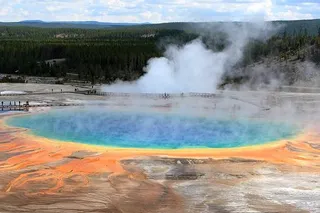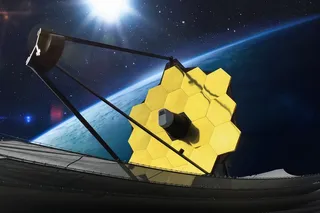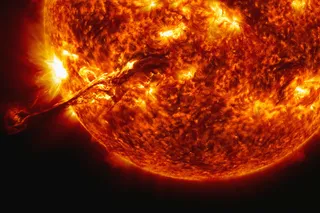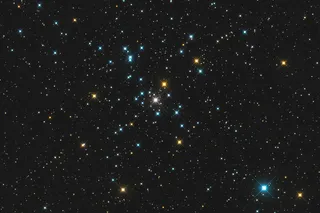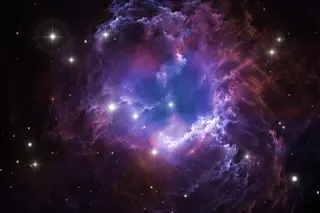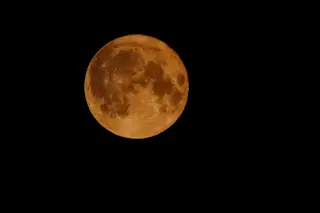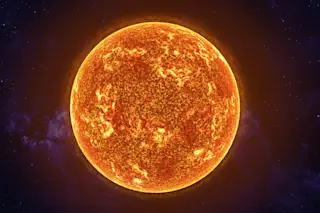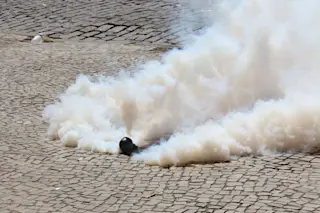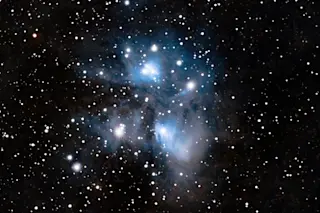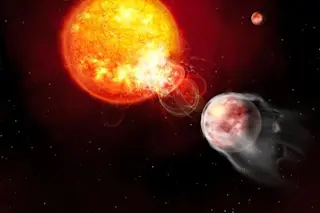Looking at a planetary nebula 6,500 light years away, scientists recognized an old friend: the buckyball. The large, soccer ball-shaped molecule--made from bonding 60 carbon atoms together--was first seen in a lab in 1985. In a paper published today in Science, scientists confirm the first known extraterrestrial existence of the rare carbon balls.
The buckyballs' planetary nebula, called TC 1, surrounds a white dwarf star. Using NASA's Spitzer Space Telescope, a team led by Jan Cami of the University of Western Ontario observed traces of the the 60-atom balls and their 70-atom cousins while looking at light coming from the white dwarf.
When light hits molecules and atoms, they will vibrate in specific, measurable ways--a field of science known as spectroscopy. One of Cami's colleagues, who was studying Tc 1, found some unfamiliar fingerprints in the nebula's infrared light. Cami recognized them as carbon's 60-atom configuration and its favored 70-atom ...


